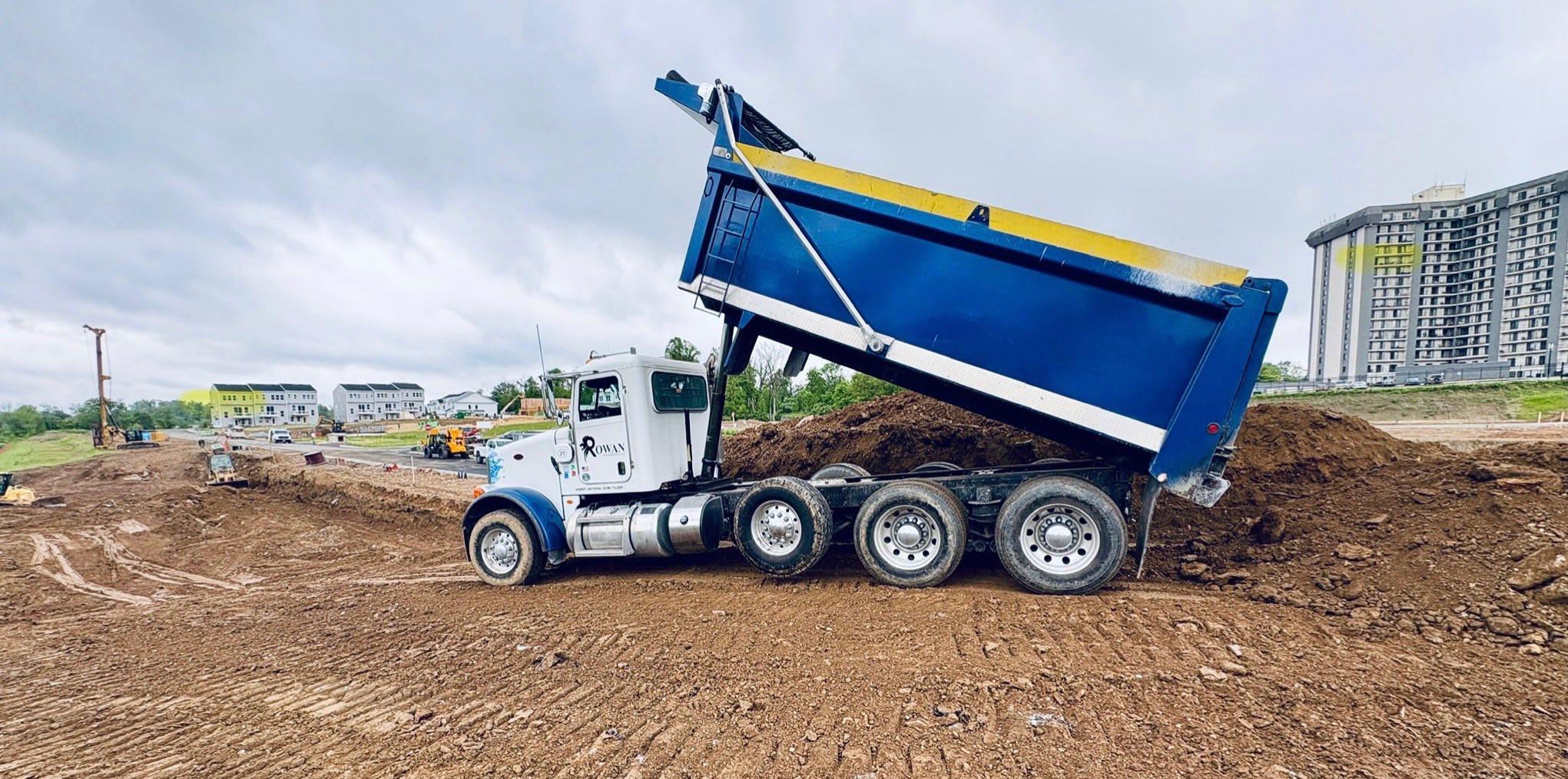
The Future of Sustainable Construction: Eco-Friendly Materials and Practices Oct 09, 2025
At the core of sustainable construction lies the use of eco-friendly materials. These materials not only reduce environmental impact but also enhance the longevity and energy efficiency of buildings. Some of the top materials leading this green revolution include bamboo, recycled steel, and cross-laminated timber (CLT). Bamboo, for instance, is not only a renewable resource but also incredibly strong and versatile. With its rapid growth cycle, bamboo stands out as a highly sustainable alternative to traditional wood.
Recycled steel is another material gaining traction. By reusing steel, we significantly reduce the carbon footprint associated with producing new steel. Each ton of recycled steel can save over a ton of CO2 emissions. Moreover, cross-laminated timber or CLT is transforming structural building practices. This engineered wood product not only sequesters carbon but also offers remarkable strength and flexibility, making it a preferred choice for multi-story buildings.
Construction companies like Rowan Enterprise are embracing these materials to deliver projects that are both aesthetically pleasing and environmentally friendly. But sustainable construction isn't just about materials; it's equally about adopting practices that reduce waste and enhance energy efficiency. One such practice is the use of passive solar design. This technique utilizes the sun’s energy for heating and lighting buildings, significantly reducing reliance on non-renewable energy sources. By strategically placing windows, roofs, and walls, passive solar design maximizes natural light and minimizes heat loss during colder months.
Another innovative practice is the integration of green roofs and walls. These add a layer of vegetation that helps reduce urban heat, improve air quality, and manage stormwater. Beyond their environmental benefits, green roofs provide excellent insulation, reducing the need for artificial heating and cooling, thus lowering energy costs for homeowners and businesses alike.
Water conservation techniques are also integral to sustainable construction practices. Implementing rainwater harvesting systems and using low-flow fixtures can drastically reduce water consumption. These systems collect rainwater for landscape irrigation and other non-potable uses, helping to preserve this precious resource.
For Rowan Enterprise, sustainability also means ensuring that these eco-friendly practices do not compromise the quality or durability of constructions. One common concern among consumers is whether sustainable options can meet long-term demands. The answer is a resounding yes. With advances in technology and materials science, eco-friendly buildings can be as robust and reliable as their traditional counterparts.
The future of construction lies in our ability to innovate responsibly, creating buildings that meet our needs without depleting the earth's resources. This shift promises not only to improve the environmental footprint of the construction industry but also to enhance the well-being of individuals and communities worldwide.
In conclusion, eco-friendly materials and practices are paving the way for a more sustainable future. As the industry evolves, Rowan Enterprise is committed to leading this change, harnessing the latest developments to build a better tomorrow. Embracing sustainable construction is no longer an option—it's an imperative. And with companies like Rowan Enterprise championing this cause, the future looks bright, green, and sustainable.
/filters:no_upscale()/filters:format(webp)/media/249d17fa-e71f-40fe-b4fd-93f5002948c6.jpeg)